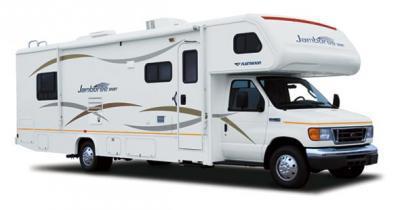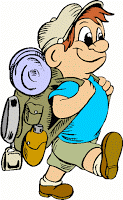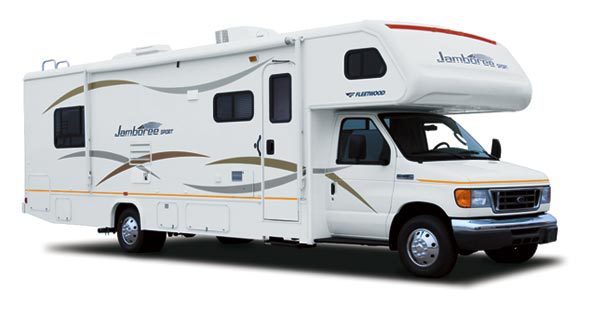
...a familiar but foreign species makes its annual appearance, Latin name Caravanus Horribilus. They appear suddenly the first of April, grazing in a frustratingly leisurely fashion on the highways and byways of the Languedoc with little care for whether or not they are interrupting local migratory patterns. In the evening, they may retire to corrals reserved for them throughout the countryside but they are just as likely to consume multiple parking spaces in your village square. Speaking of consumption, their diet consists of copious amounts of petrol as evidenced by their bilious effluvia. The Caravanus Horribilus season lasts for five or six months, just until autumn when, as they are about to disappear, they are replaced on the roadways by their sister species Vendange Humongous.


Hikers appear. They are old and they are young. The backpacks of the young ones often weigh more than they do because they are living rough and have prepared for their every camping need with expensive, micro-miniaturized, eco-friendly, carbon-neutral gear. The old ones have belly packs, spend their nights in chambres d’hote, have personal support teams driving rented vehicles, and have booked a masseuse for the afternoon. Either way, one has to be careful. The hikers find the narrowest back roads to travel, often in packs, and even the French frown on knocking one into a ditch with your Citroen.
You learn how many different shades there are of the color Green. Even in the Languedoc, the winters are characterized by brownish hues. As April approaches and vineyards, fields, and gardens are freshly tilled, the browns seem even more dominant. But then, not quite all at once but in a very short time, spring comes along. The days become tantalizingly longer and warmer. The breezes don’t bite quite as badly. And Green happens. The Impressionists chose to paint here for a reason.
There are a variety of other indications that the worm of winter is turning. Asparagus. Iris. Mediterranean beaches beckon. Mountain lakes become destinations. But flavorful fresh food, beautiful fragrant flowers, and scenic geography are so ubiquitous in this corner of the world as to border on the mundane. It’s the frustrations that mark the seasons. Forget the Zika virus and the Aedes mosquito. When will they development a safe, biodegradable repellent for the Caravanus Horribilus?
Strawberries on the terrace. That’s really all that you need to know about April in the Languedoc. Strawberries on the terrace.
